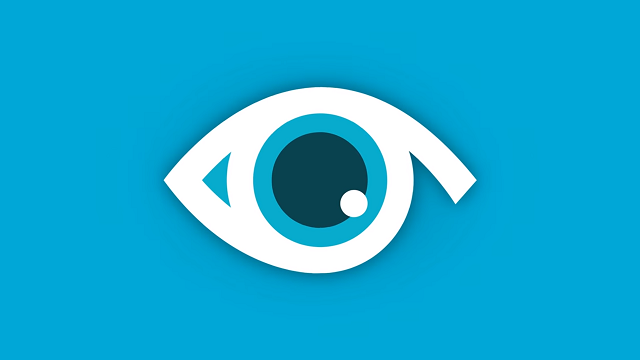How to Tell If Someone Is Spying on Your Smartphone
Security comes first. With a few simple system codes, you can check your phone’s settings and find out if your SMS and data are secure, or if someone might be monitoring you.
*#21#
This code lets you check if call, SMS, or data forwarding is enabled on your phone. The screen will display the status for different types of forwarding and the number to which your data is being transferred. Such forwarding is often set up by suspicious spouses or parents to protect children from spam and criminals. More often, elderly people become victims after lending their phone to a stranger for a single call. As a result, outsiders can learn everything about your home address, social circle, habits, and daily routine, and in some cases, even gain access to your financial resources.
*#62#
Dial this code to find out where calls, SMS, and data are being forwarded if you’re unreachable. Most likely, you’ll see that voice call forwarding is enabled to one of your mobile operator’s numbers (voicemail).
*#06#
This universal code disables all types of forwarding from your phone. It’s especially useful before traveling abroad, so you won’t be charged for calls that are automatically forwarded to voicemail.
With this code, you can also find out your IMEI (International Mobile Equipment Identifier)—the unique identifier for your mobile device. Knowing your phone’s IMEI can help you locate it if it’s stolen. The IMEI is automatically sent to your carrier’s network when you connect, even if you use a different SIM card. If someone knows your IMEI, they can find out details about your smartphone: model, technical specs, and more.
What Else Can You Do?
There are special codes that can help track your location or determine if someone is monitoring you. For this, your phone needs to have the netmonitor utility. Enter one of the following codes:
- For iPhone: *3001#12345#*
- For Android: *#*#4636#*#* or *#*#197328640#*#*
- Go to the UMTS Cell Environment tab, then to UMTS RR info, and write down all the Cell ID values. These are the numbers of nearby cell towers. Your phone will automatically connect to the one with the best signal.
- Return to the main menu, go to the MM info tab, then to Serving PLMN. Write down the Local Area Code (LAC) values.
- With these two values and a regular website (the fourth tab from the left), you can find the location of the cell tower your phone is connected to on a map.
Be wary of mobile base stations: trucks or vans with large antennas. They’re usually used at festivals or in areas with no cell coverage. If such a vehicle appears nearby for no reason, your carrier might be trying to improve signal quality—or there could be foreign spies or industrial espionage in the area.
How Do Intelligence Agencies Eavesdrop?
National security agencies in almost every country cooperate with mobile operators, who provide access to any subscriber by court order and hand over data for at least the past three months.
If your phone is being tapped by a secret service, you probably won’t even notice. Stories about interference during calls, fast battery drain, overheating, or sudden reboots are usually just reasons to take your phone in for repair.
People tend not to share much sensitive information over the phone, so it’s often more effective to use special devices (“bugs”) for eavesdropping in rooms, which can be detected with a radio frequency detector.
How to Protect Yourself from Scammers and Spies
- Use messengers that are closed to outsiders, such as Telegram, Chare, Wickr, or Signal.
- Decide what information is safe to share publicly. Does everyone need to know your phone number or have access to information about your family, loved ones, and lifestyle? Be careful when posting photos of children.
- Don’t install unfamiliar software on your phone, monitor your existing apps, use multi-factor authentication wherever possible, avoid unsafe links, and don’t connect to suspicious cables for “free” charging.
- Only your mobile carrier can offer a service to track a subscriber’s location (such as a family member, friend, or employee), and only with the subscriber’s consent (if they are of legal age). Websites and apps that claim to let you locate any subscriber are scams. Be careful!



